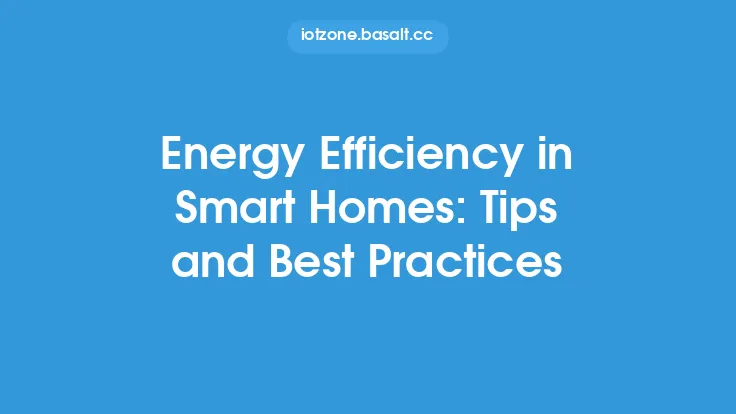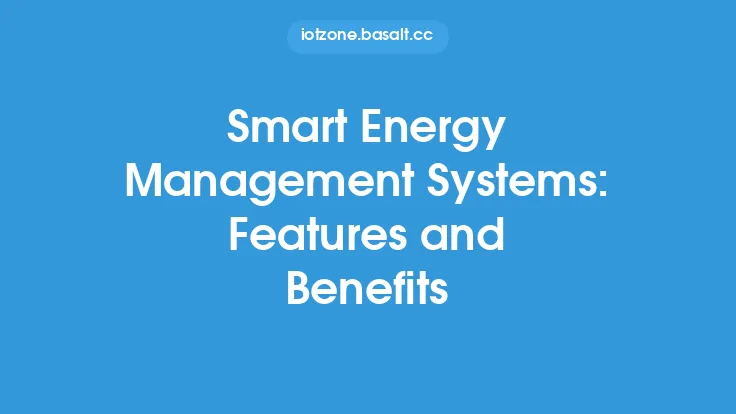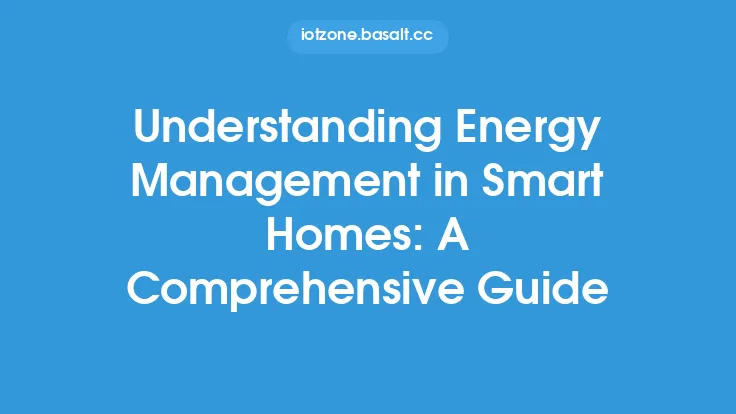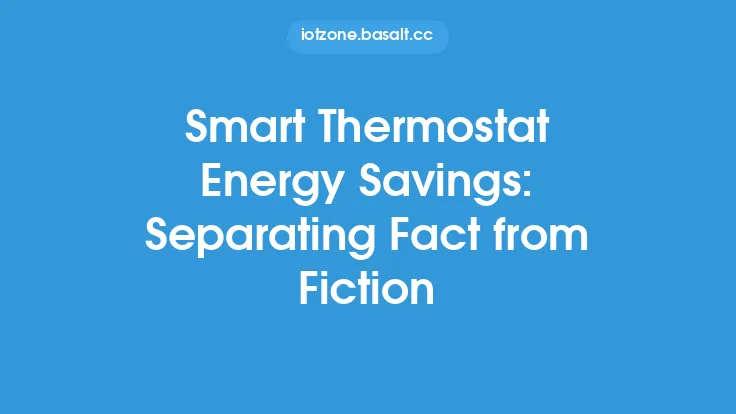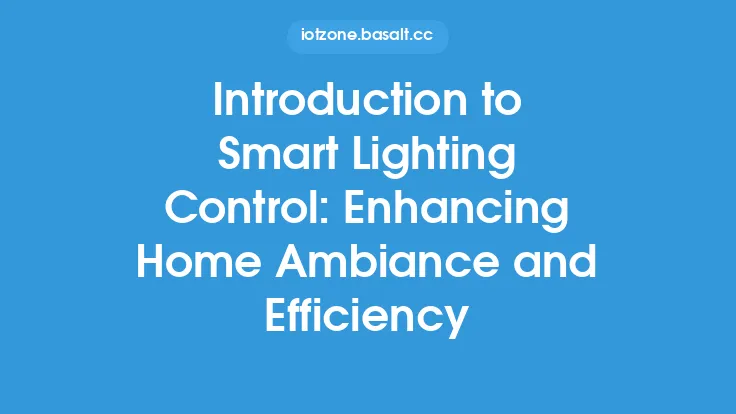The world of smart home automation has witnessed significant advancements in recent years, with smart lighting control being one of the most popular and effective ways to maximize energy efficiency and minimize waste. At the heart of this technology lies the ability to control and optimize lighting systems, ensuring that they are used only when needed, and at the optimal level of brightness. This not only helps to reduce energy consumption but also extends the lifespan of lighting fixtures, resulting in significant cost savings over time.
What is Smart Lighting Control?
Smart lighting control refers to the use of advanced technologies, such as sensors, timers, and remote controls, to manage and optimize lighting systems in a home or building. This can include a range of features, such as scheduling, dimming, and color changing, all of which can be controlled remotely using a smartphone or tablet. Smart lighting control systems can be integrated with other smart home devices, such as thermostats and security cameras, to create a comprehensive and automated home management system.
How Does Smart Lighting Control Work?
Smart lighting control systems typically consist of a central hub or controller, which communicates with individual lighting fixtures or groups of fixtures using a wireless protocol, such as Zigbee or Z-Wave. The hub can be controlled using a smartphone app, voice commands, or a physical remote control, allowing users to adjust lighting levels, schedules, and scenes with ease. Some smart lighting control systems also include advanced features, such as energy monitoring and reporting, which can help users to identify areas of energy waste and optimize their lighting usage.
Energy Efficiency Benefits of Smart Lighting Control
One of the primary benefits of smart lighting control is its ability to maximize energy efficiency and minimize waste. By using advanced sensors and algorithms, smart lighting control systems can detect occupancy and adjust lighting levels accordingly, ensuring that lights are only on when needed. This can result in significant energy savings, particularly in areas with high foot traffic or where lighting is often left on unnecessarily. Additionally, smart lighting control systems can be programmed to adjust lighting levels based on the time of day, natural light availability, and other factors, further optimizing energy usage.
Technical Aspects of Smart Lighting Control
From a technical perspective, smart lighting control systems rely on a range of technologies, including wireless communication protocols, microcontrollers, and power line communication. The choice of protocol depends on the specific requirements of the system, including range, data rate, and power consumption. For example, Zigbee is a popular protocol for smart lighting control due to its low power consumption and high reliability, while Z-Wave is known for its long range and high data rate. Microcontrollers, such as those based on the ARM Cortex-M series, are often used to control individual lighting fixtures or groups of fixtures, providing a high degree of flexibility and programmability.
Maximizing Savings with Smart Lighting Control
To maximize savings with smart lighting control, it's essential to choose a system that is tailored to your specific needs and usage patterns. This may involve conducting an energy audit to identify areas of energy waste and optimizing lighting levels and schedules accordingly. Additionally, consider investing in energy-efficient lighting fixtures, such as LED bulbs, which can provide significant energy savings over traditional incandescent bulbs. By combining smart lighting control with energy-efficient fixtures, homeowners can enjoy significant cost savings and minimize their environmental impact.
Minimizing Waste with Smart Lighting Control
Minimizing waste with smart lighting control involves a range of strategies, including optimizing lighting levels and schedules, using energy-efficient fixtures, and reducing standby power consumption. Standby power consumption, also known as "vampire power," refers to the energy consumed by devices when they are turned off but still plugged in. Smart lighting control systems can help to minimize standby power consumption by automatically turning off devices when not in use or by using advanced power management techniques, such as pulse-width modulation.
Best Practices for Implementing Smart Lighting Control
To get the most out of smart lighting control, it's essential to follow best practices for implementation and maintenance. This includes choosing a system that is compatible with your existing lighting infrastructure, configuring the system to optimize energy efficiency and minimize waste, and regularly monitoring and adjusting the system to ensure it continues to meet your needs. Additionally, consider investing in a system that is scalable and flexible, allowing you to easily add or remove devices as needed. By following these best practices, homeowners can enjoy significant energy savings, improved convenience, and enhanced home ambiance.
Conclusion
Smart lighting control is a powerful technology that can help homeowners to maximize energy efficiency, minimize waste, and enjoy significant cost savings. By understanding the technical aspects of smart lighting control and following best practices for implementation and maintenance, homeowners can get the most out of this technology and create a more sustainable, convenient, and comfortable living space. Whether you're looking to reduce your energy bills, enhance your home ambiance, or simply enjoy the convenience of automated lighting control, smart lighting control is an essential component of any smart home automation system.

